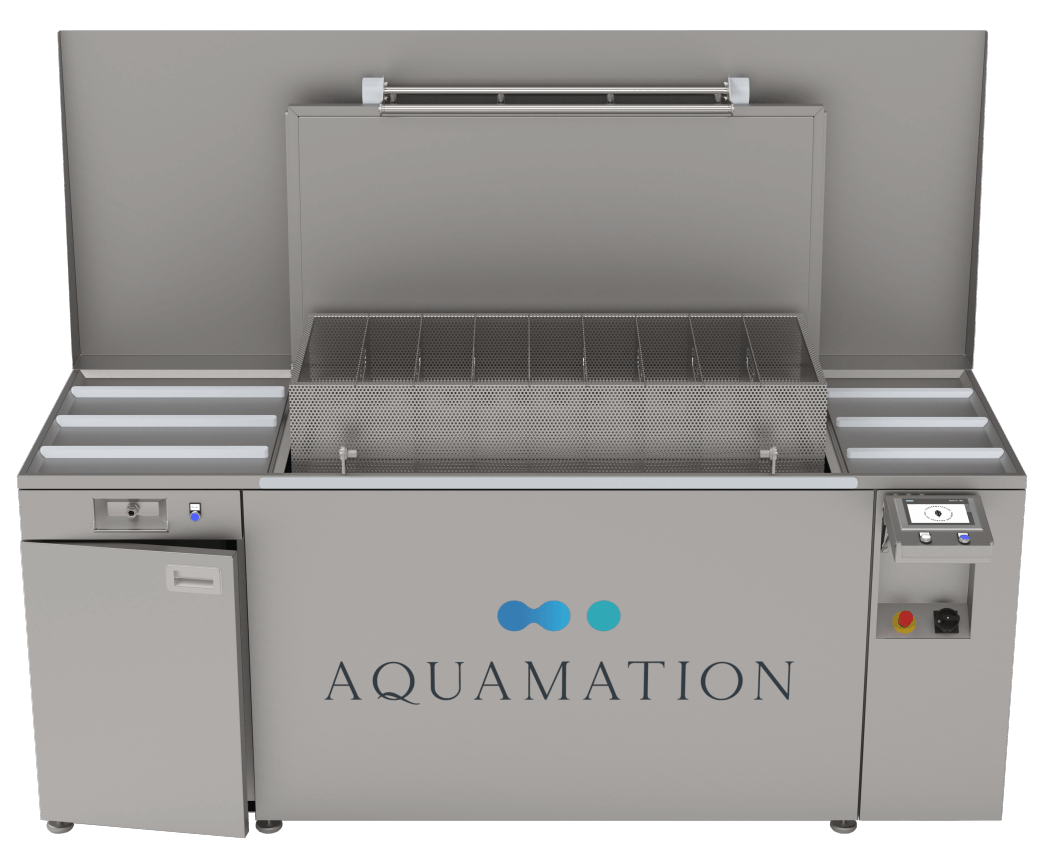
Patrick Lutz


Jochen Lutz

Who we are

Description
Alternative burial
with future
Significantly lower operating
andmaintenance costs

Zero emissions of harmful
greenhouse gases
90% energy saving
compared to cremation
Advantages and Innovation
Most innovative technology
patent submitted
Only 3 connections required:
Freshwater
Wastewater
Electricity
Internal lift ensures gentle
introduction of the animals

Customised room concept
as a holistic solution
Compact system with
attractive design
Made in Germany
CE label
FAQ

During aquamation, also known as resomation, the pet’s body is decomposed in a closed basin by natural alkaline hydrolysis, so that only the bones of the pet remain after the process is complete. These are then dried, ground for shipment in an urn and presented to the pet owner. The alkaline treatment solution is made up of 95% water and 5% alkaline liquid. When heated appropriately, this accelerates the natural decomposition process of the animal’s body.The combination of gentle water flow, warm temperature and alkalinity is used to accelerate the natural process of decomposition. The organic body of the animal is thus reduced to its actual building blocks.At the end of the process, no DNA or RNA is left. The sterile process water is released for recycling and the inorganic bone minerals remain. The remaining bones of the pet are then rinsed, dried and placed in the urn, which is then handed over to the pet owner.
All fluids and substances used are safe for the environment. The water-based process uses a solution of 95% water and 5% alkali. These substances used in this process are the same alkalis used in common cosmetic products, body washes, shaving creams and even food preparation. At the end of alkaline hydrolysis, the substances are completely consumed, neutralised and no longer remain in the water solution.The need for water is incredibly low. Our pet aquamation process uses the same amount of water that would be used to bathe a pet. At the end of the process, 99% of the water is returned to wastewater treatment, where it is treated in the same way as other wastewater.With aquamation/resomation, there are no emissions of harmful greenhouse gases into the atmosphere. No fossil fuels are burned in the alkaline hydrolysis process. The process is still very energy efficient – more than 90% energy saving compared to cremation, with 1/10 of the carbon footprint.
Contact


